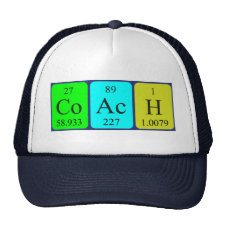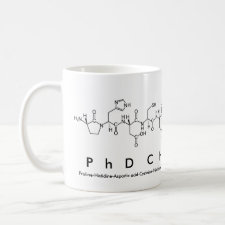
Authors: Sorouraddin MH, Abbasteh H, Gheybi H, Entezami AA
Publication date: 2011
Article title: Very fast synthesis of molecularly imprinted polymer for Napoxen separation.
Alternative URL: http://icc2011.ir/Docs/D.pdf
Conference information: Abstracts, 15th Iranian Chemistry Congress
Abstract: Molecular imprinting technique is an ingenious way based on ‘‘copy and memory,’’. This technique provides a promising alternative way to design artificial recognition sites within a synthetic polymer network through the template polymerization process. In this process, polymerizable functional monomers are prearranged around a template molecule in porogenic solvent. After the removal of the template by extracting, binding sites complementary to the template molecule both in shape and chemical functionality, are left within the polymer matrices that allow rebinding of the template with high specificity. MIP is a kind of porous material of highly crosslinked polymer based on three-dimensionally molecular recognition. It has been exploited extensively in many different applications including their use as separation materials, chemical sensors, reaction catalysts, enzyme mimics and so on [1,2]. The standard imprinting polymer was prepared in this work according to the following : 0.35 g of naproxen (Npx) and 0.28 g of methacrylic acid (MAA) in a 50 mL glass ampoule were dissolved in tetrahydrofuran followed by adding an appropriate amount of ethylene glycol dimethacrylate ( EGDMA) and an initiator (AIBN). Then the obtained solution was degassed with a stream of Argon gas for 20 min. Then the polymerization process was allowed to carry out at a constant temperature ( 55?? ) in a water bath. The optimum syntheses conditions for the preparation of the MIP used in this work was investigated. The results obtained revealed that the longer time of deoxygenation process under vaccume, purity, and dryness of solvent affects the polymerization process considerably. The 1.5 : 4 : 30 ( Npx : MAA: EGDMA ) portion, the 60 ?? polymerization temperature , and 10 mL solvent solution volume were found to be the optimum process conditions leading to the desired MIP in about 60 min, which is a very good record in comparison whit those reported by some other research workers
Template and target information: naproxen



Join the Society for Molecular Imprinting

New items RSS feed
Sign-up for e-mail updates:
Choose between receiving an occasional newsletter or more frequent e-mail alerts.
Click here to go to the sign-up page.
Is your name elemental or peptidic? Enter your name and find out by clicking either of the buttons below!
Other products you may like:
 MIPdatabase
MIPdatabase









